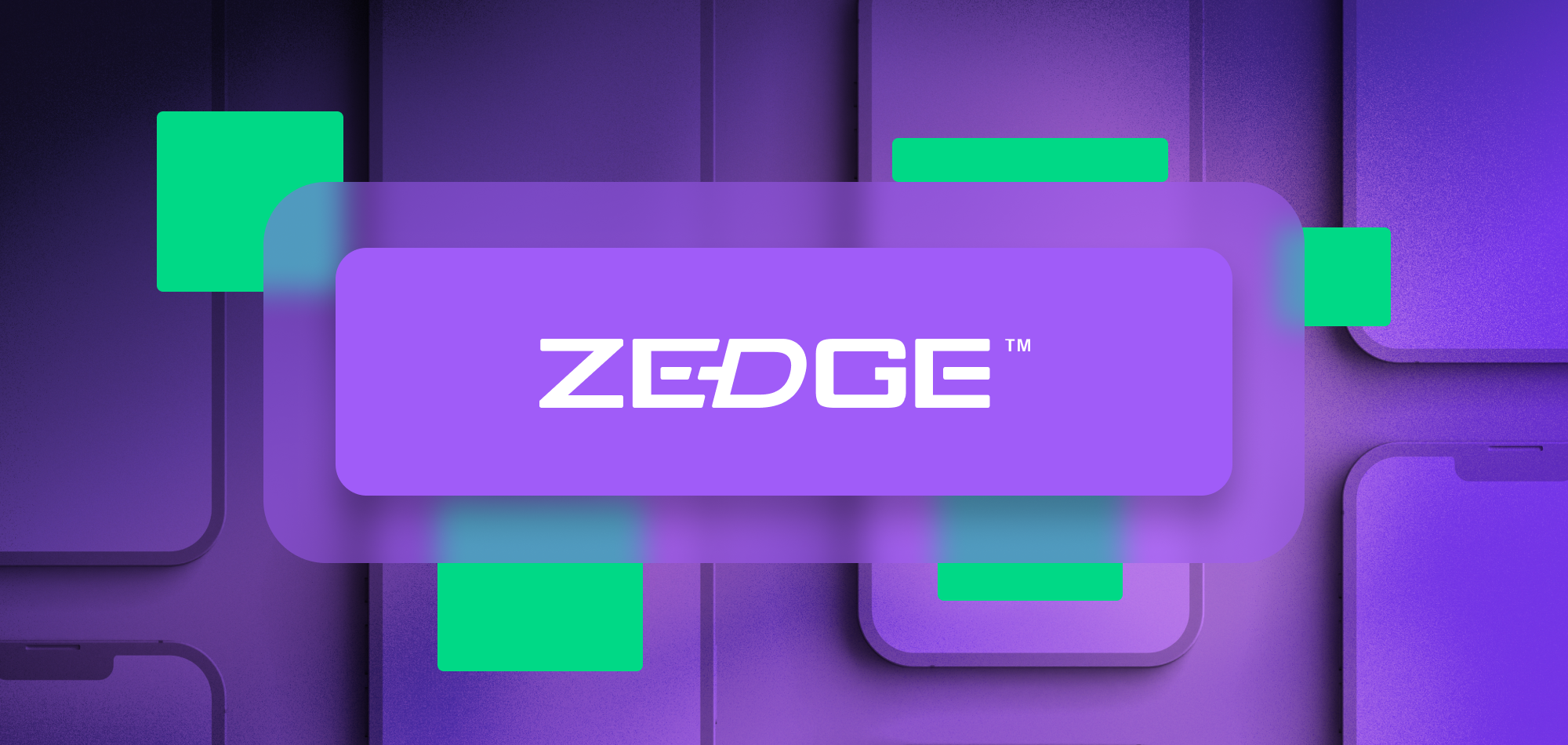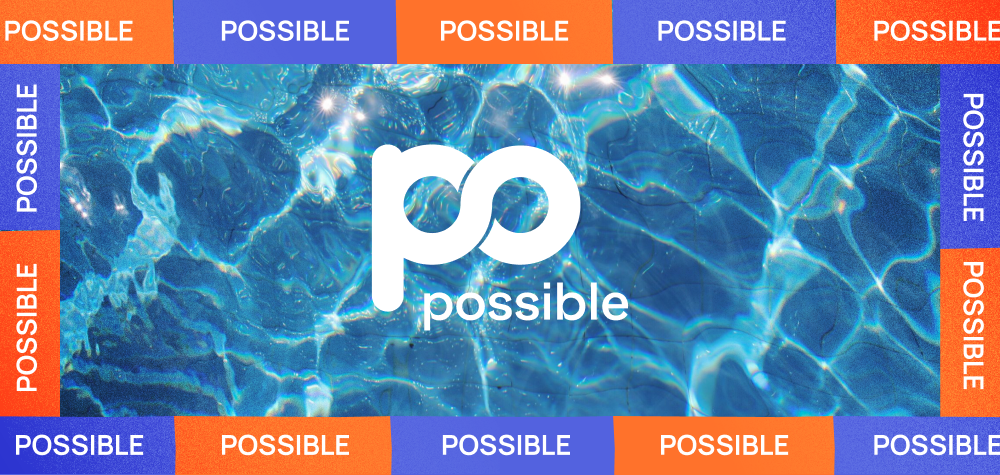Zedge is a publicly traded software company (NYSE: ZDGE) that specializes in helping people create, share, and monetize digital content. Its flagship mobile app, Zedge™ Wallpapers & Ringtones, has been downloaded more than 600 million times, and has approximately 30 million monthly active users.
Monetization is crucial for the company’s success. In its most recent quarter, Zedge generated $4.9 million in revenue from advertising, an increase of 10 percent over the same time last year.
Some of that recent advertising success is due to our work with Zedge.
Several months ago, Start.io approached Zedge about integrating the company’s mobile advertising SDK into Zedge™ Wallpapers & Ringtones. In those discussions, we highlighted our platform’s ability to deliver native advertising—an ad format that performs well on mobile, blends seamlessly into an app’s design, and generates an 18 percent increase in purchasing intent in consumers.
“For a long time, we had been looking for a solution to monetize native advertising,” said Ignas Danielius, Senior Director of Analytics and Ad Operations at Zedge. “I was very skeptical in the beginning… everybody claims they can monetize native advertising, but very few can.”
Danielius built a rigorous and systematic set of tests to understand whether Start.io could deliver on its promises. Satisfied with the results of those tests, Zedge built a custom integration into Start.io’s SDK and watched the volume of native ads increase immediately.
Today, Start.io is the #1 provider of native ads on the Zedge™ Wallpapers & Ringtones app. Revenue from native ads in Tier 1 countries (the United States, Canada, Australia, and the UK) is up by 14 percent. Start.io is one of the top 5 best-performing ad platforms used by Zedge today.
“We’ve been extremely pleased with native advertising performance with Start.io,” said Danielius. “Start.io is the only ad platform we’ve seen in the last 2 or 3 years that has had good performance with native advertising.”
Check out our full customer case study here.



